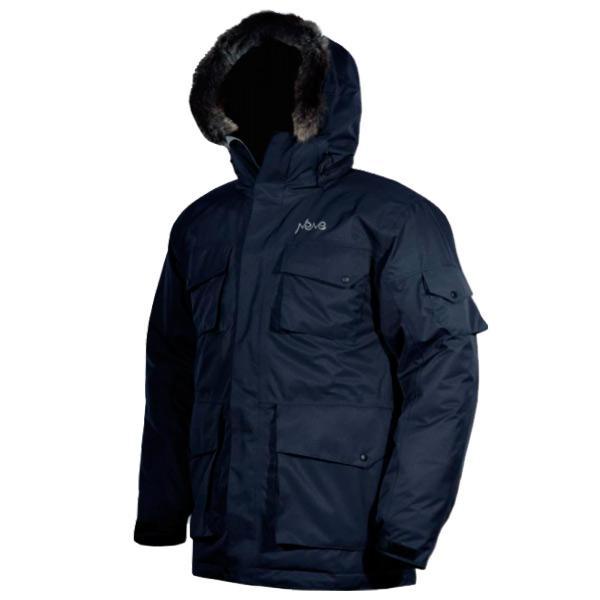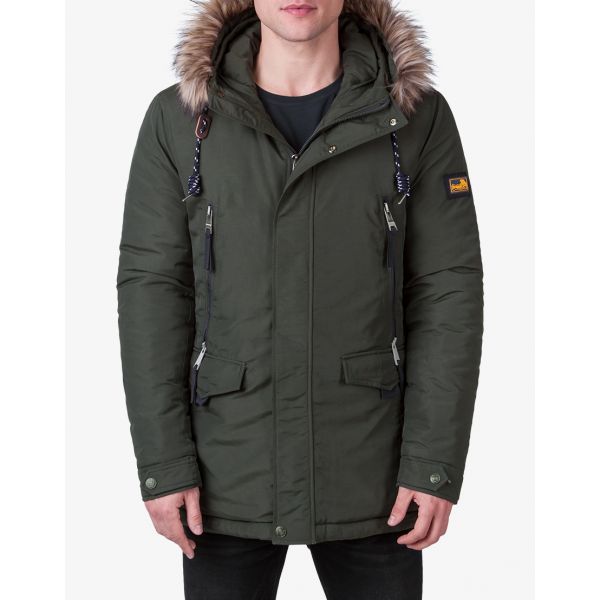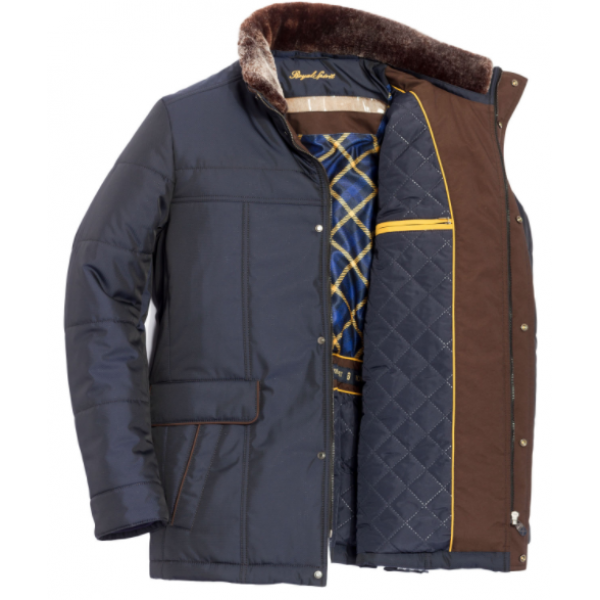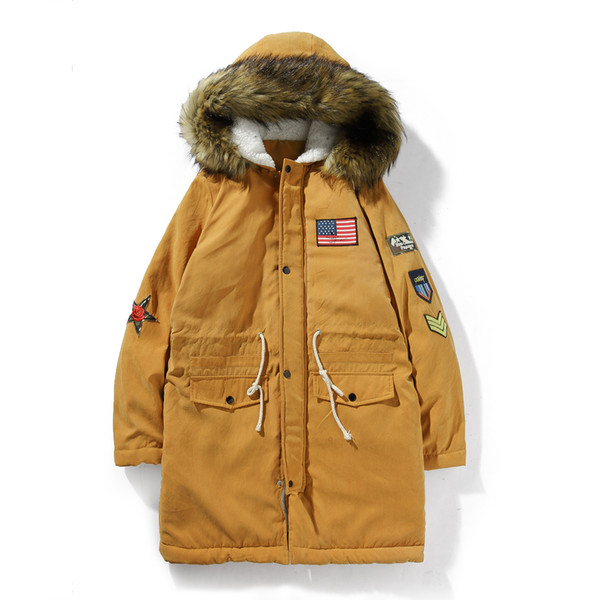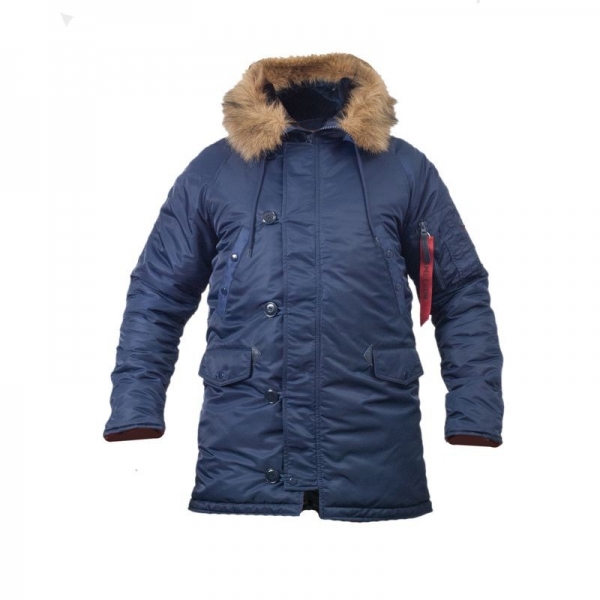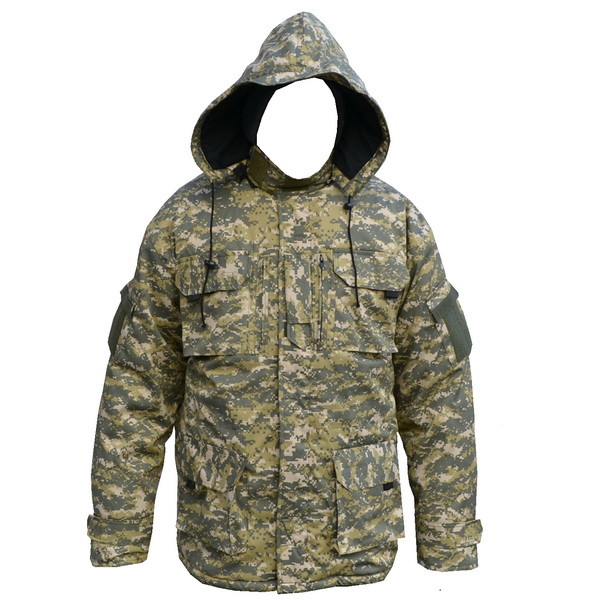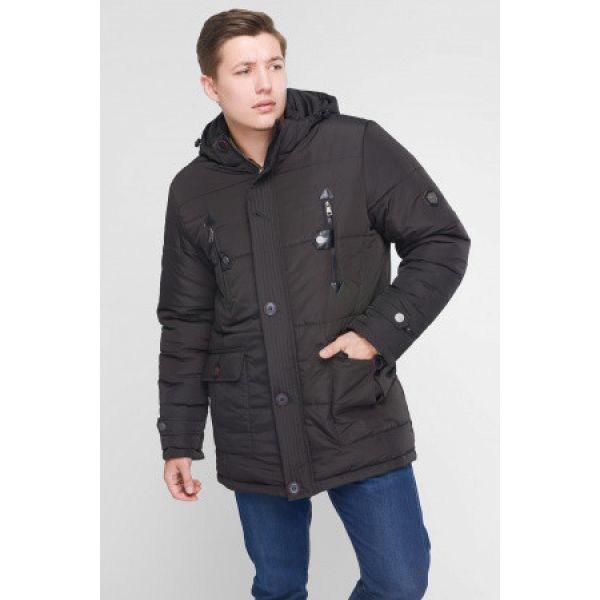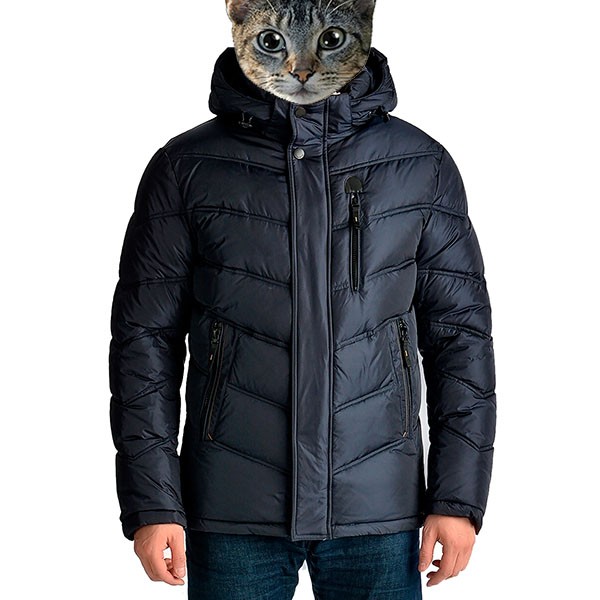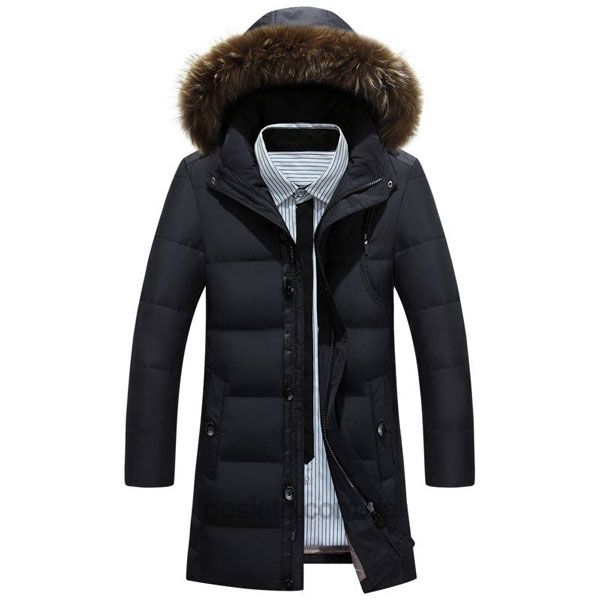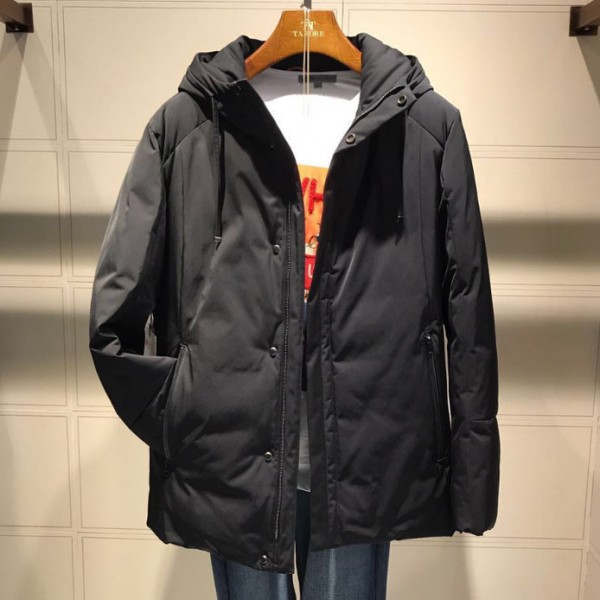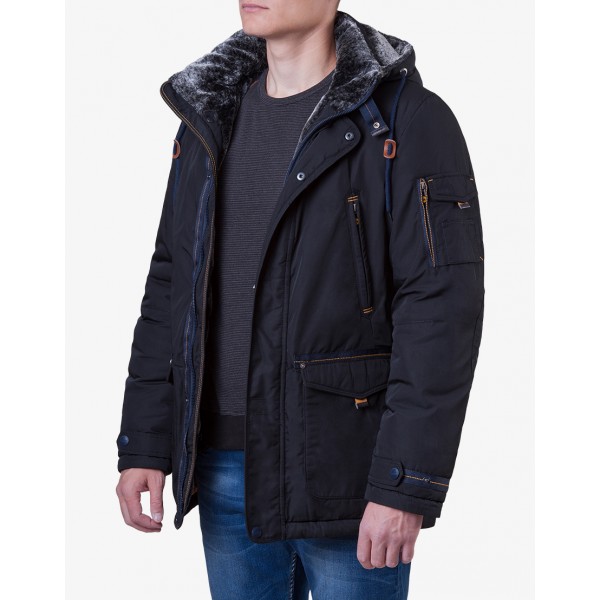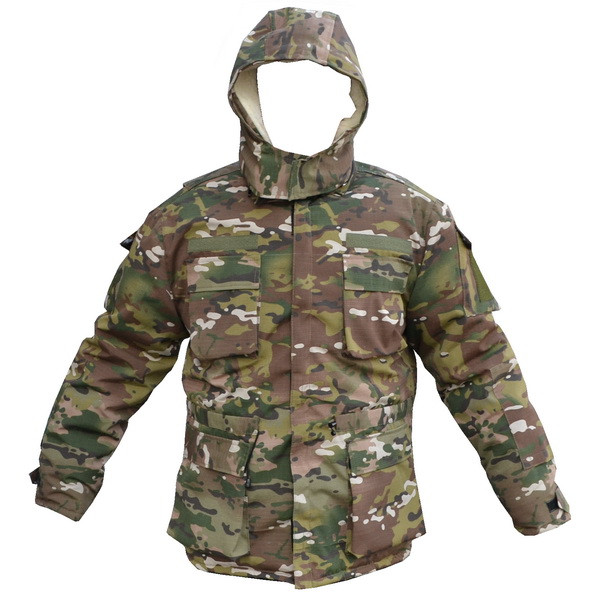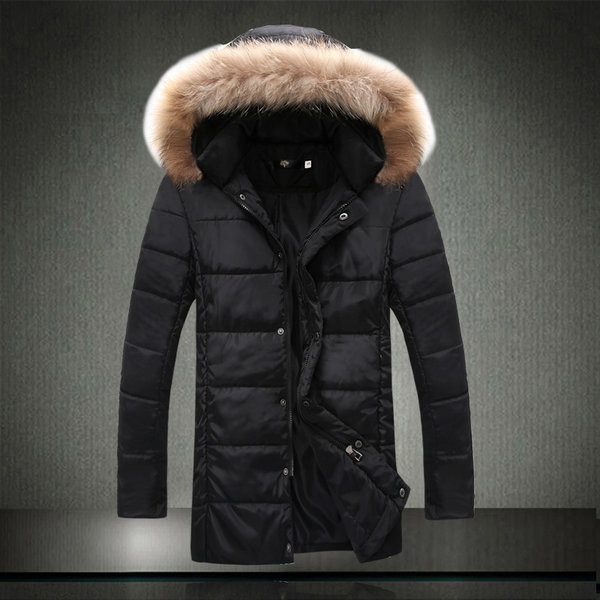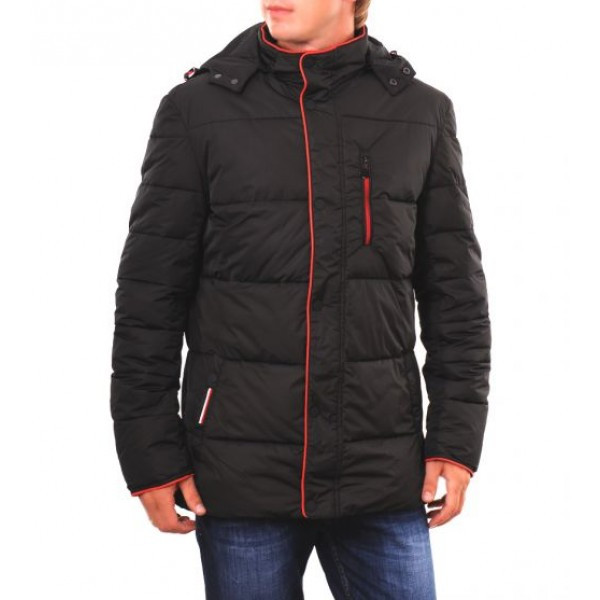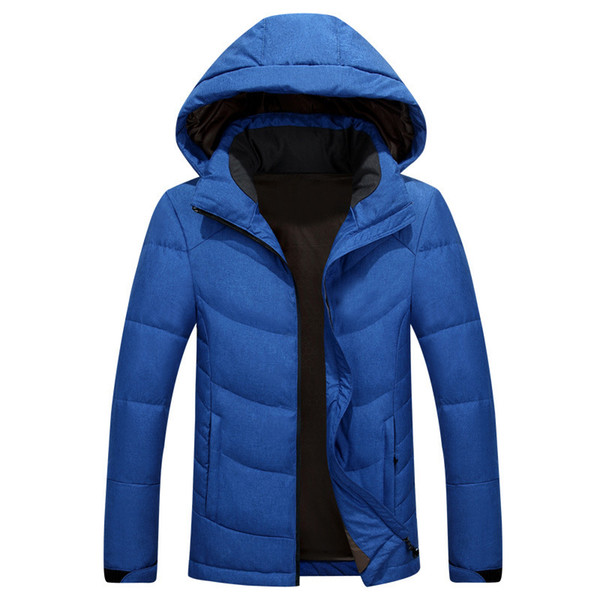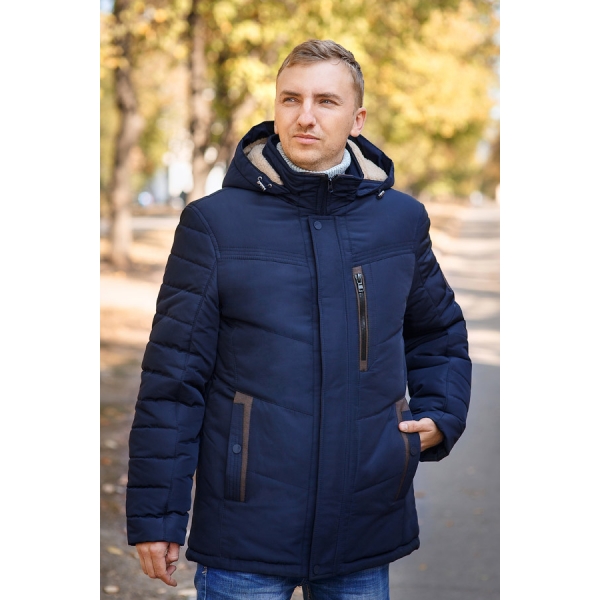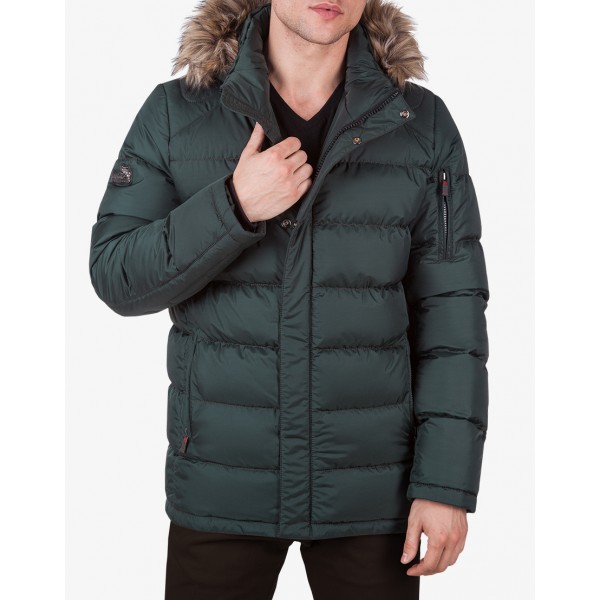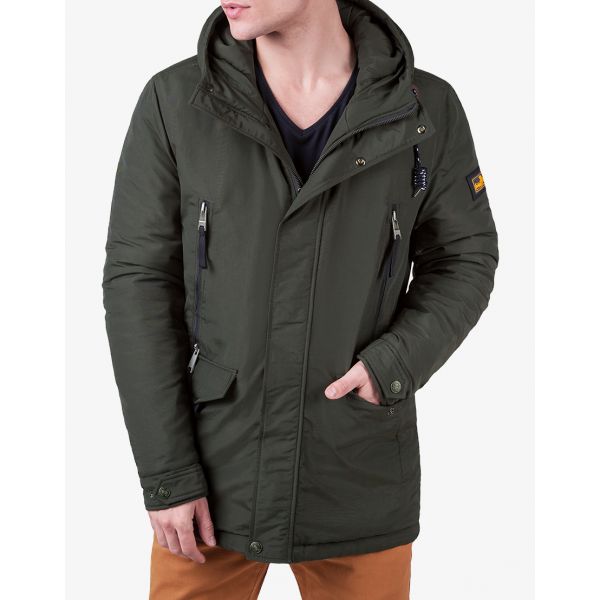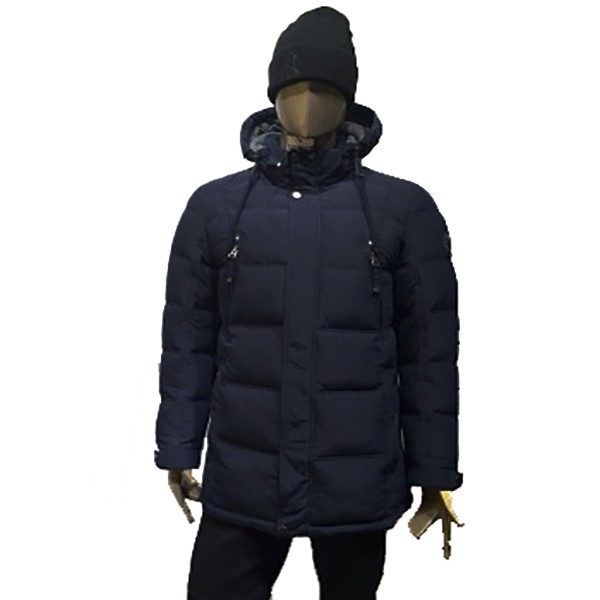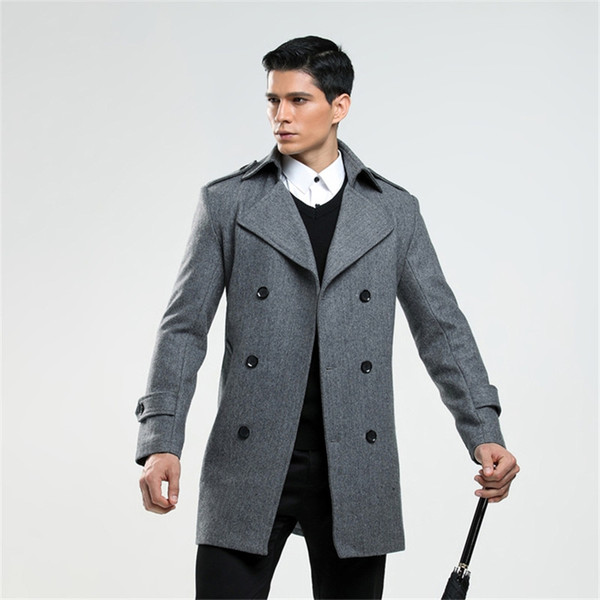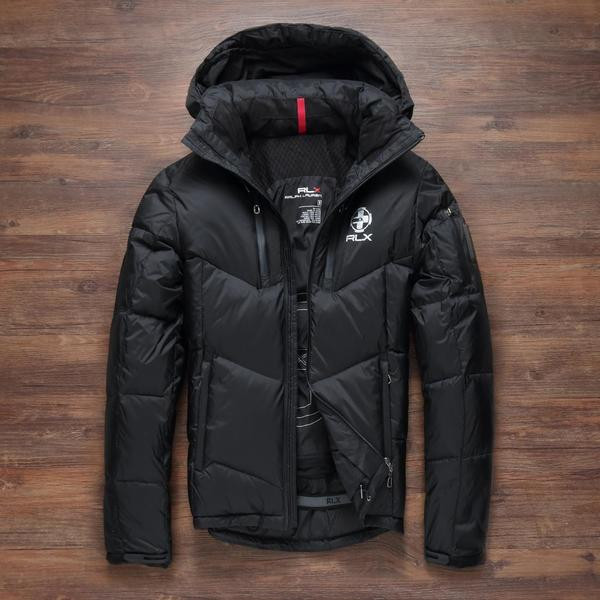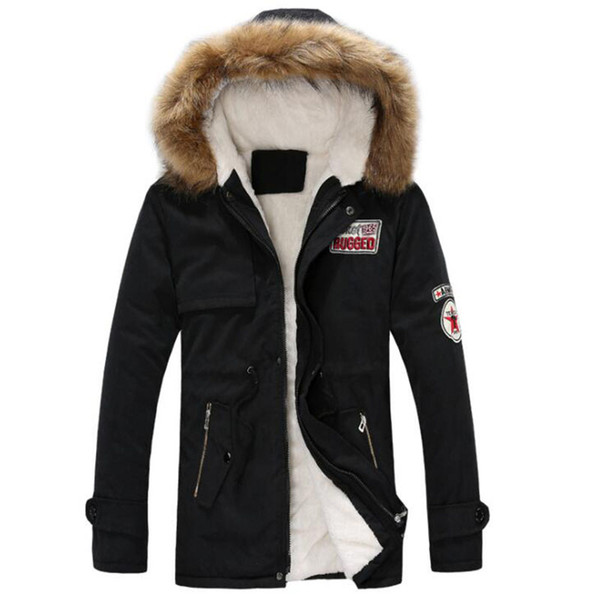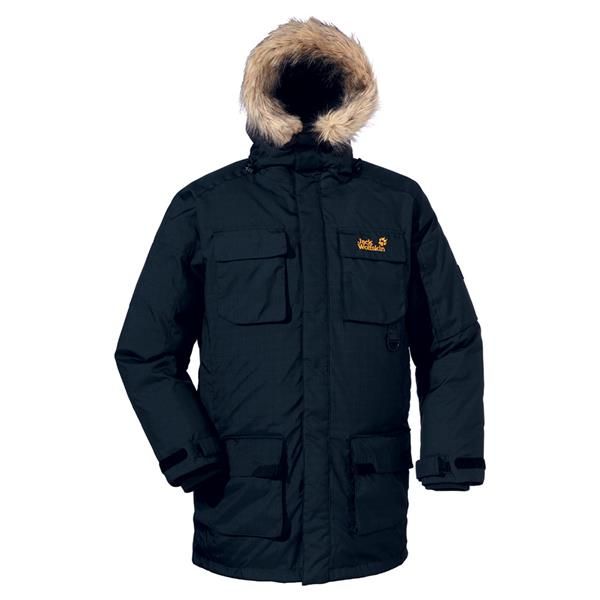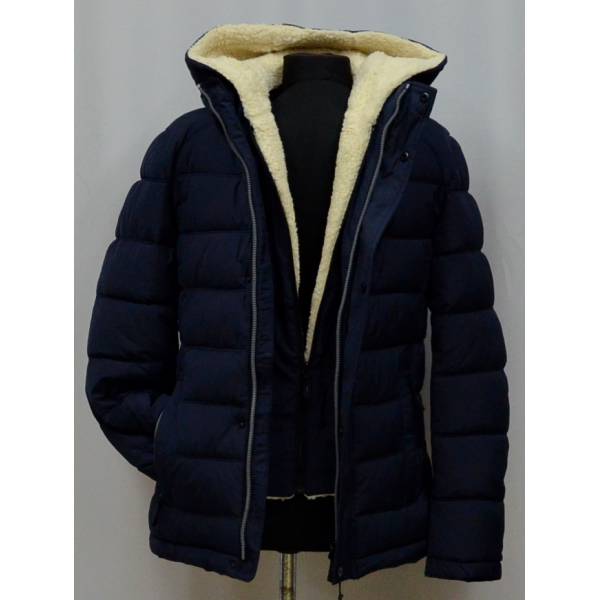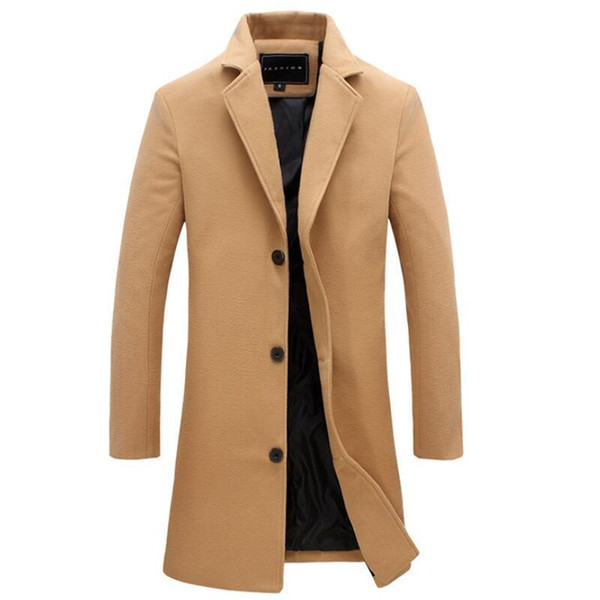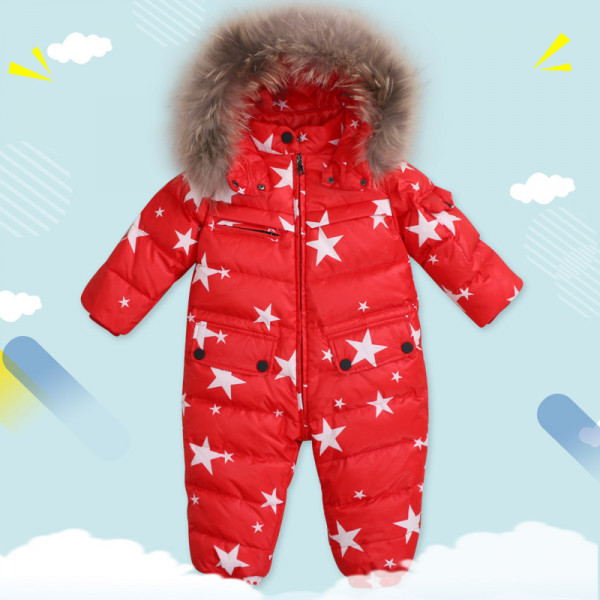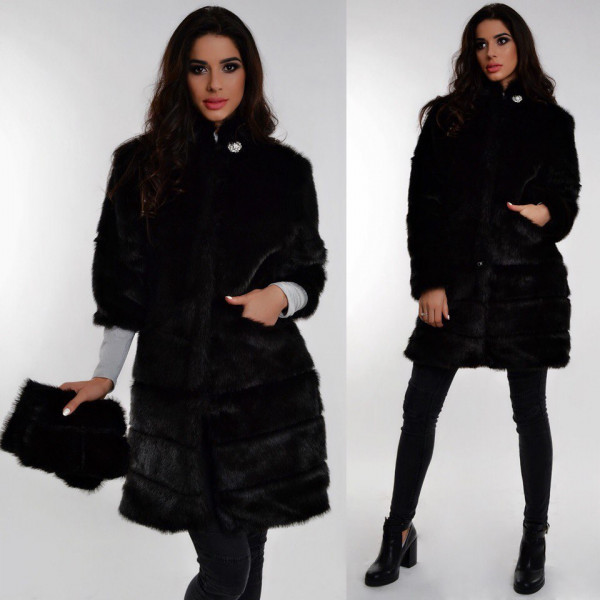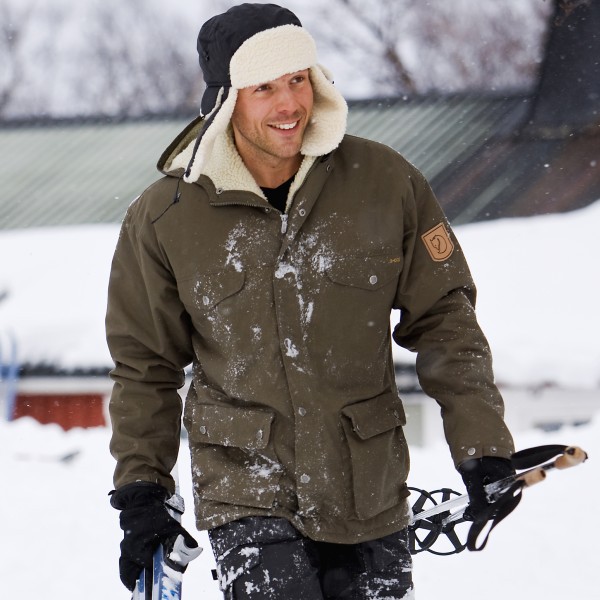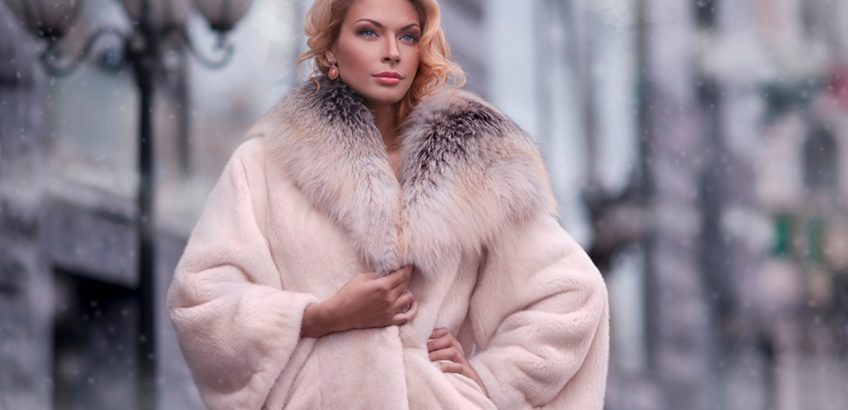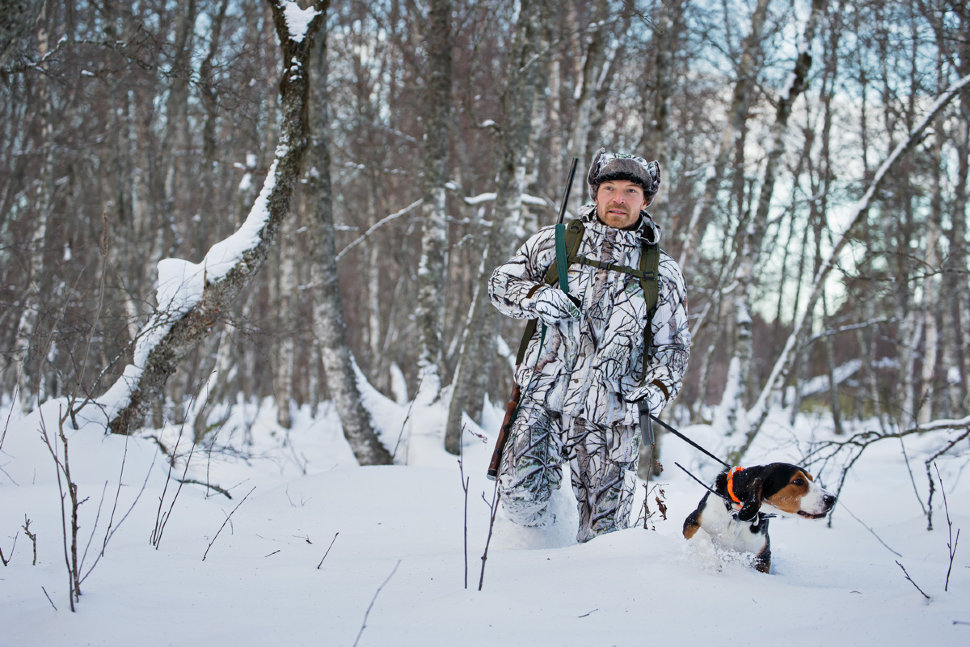When creating winter outerwear for men, it is taken into account that it should be attractive and protect from the cold. Not all men follow the latest fashion trends; for some, men's winter outerwear should withstand long-term use. In this case, the versatility of the product, its service for several seasons and relevance are attractive.
Varieties
Thanks to modern design, variety of materials and models, there are the following types of winter outerwear for men:
- Parka (anorak) - in the past it belonged to military uniform, and now it is a familiar stylish option in the men's wardrobe. The history of the jacket began with the Eskimo parka, adopted by the American army for long periods of time in the cold air. It is an elongated jacket made of various fabrics, which goes well with other wardrobe items;
- A bomber is a short flight jacket (pilot) and is a demi-season type of men's wardrobe, not very suitable outerwear for men in extremely frosty weather. You can wear sportswear, jeans, and modern trousers with it. Different materials are used for sewing, which, however, does not deprive this men's style of masculinity;
- A hooded jacket with a warm lining is ideal for long periods of time outdoors. Down jackets have a down or synthetic padding lining. A higher quality jacket will cost more, but will protect you even in the coldest weather;
- Double-breasted pea coat – this men's style has not lost popularity for several seasons. At first, pea coats were used by Dutch sailors to protect against cold weather. Later, they became men's urban clothing. Now the pea coat is a classic men's outerwear style, suitable for everyday and business wear in winter;
- Duffle coat - the source of origin is also a model of the outer winter military uniform. Duffle coats first gained popularity in the middle of the 20th century. Fasteners are the main distinguishing feature, traditionally, wooden sticks are used as buttons, and lacing as loops;
- Long coat – made from heavy wool fabric, and in rare cases, fur. Ideal outerwear for winter, which goes well with suits. Often, its cost is higher than other wardrobe options;
- Trench coat - in the classic sense, it is a double-breasted waterproof coat with raglan sleeves and a back slit. It was widely used by officers in the First World War. A real trench coat has characteristic features in the form of shoulder straps and rings for grenades;
- A wool coat is a classic option for men's clothing for the winter season. A wool coat may differ in design, but it can always protect from the cold. It is best used in a business environment, but is also suitable for walks.
There is suitable clothing for any weather conditions. According to stylists, when choosing clothes, men should rely on the rules of style, minimalism and stick to dark tones. Thanks to modern design and a variety of fabrics, everyone can choose the best solution for themselves.
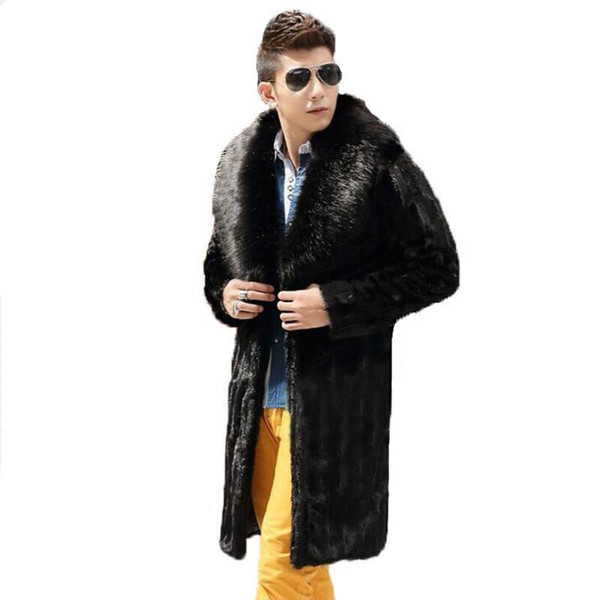
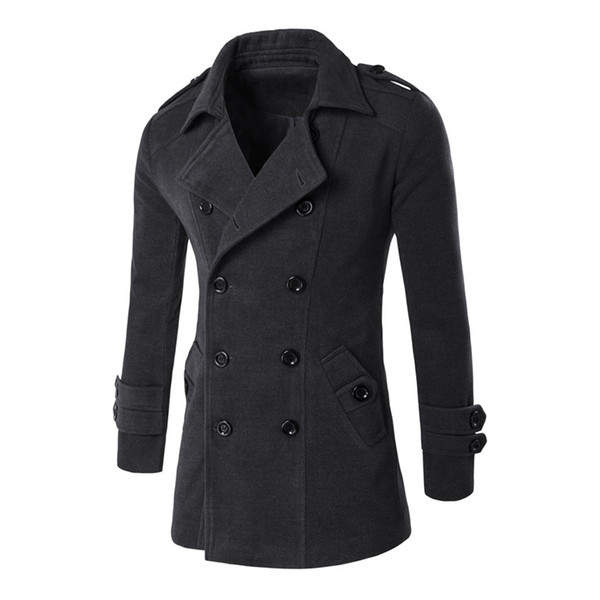
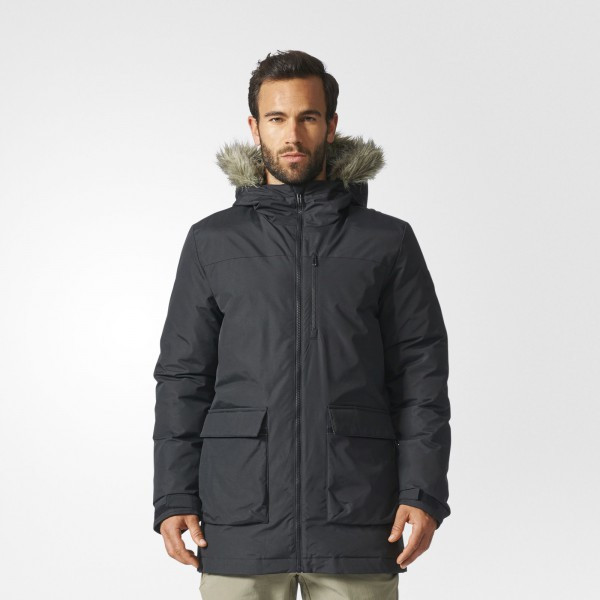


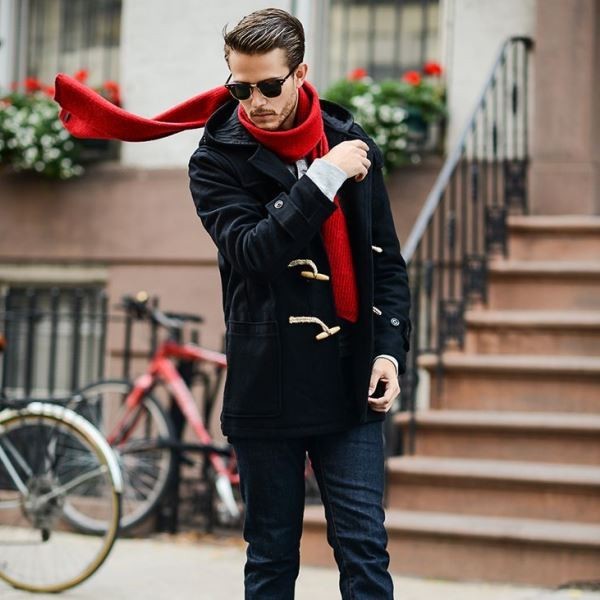
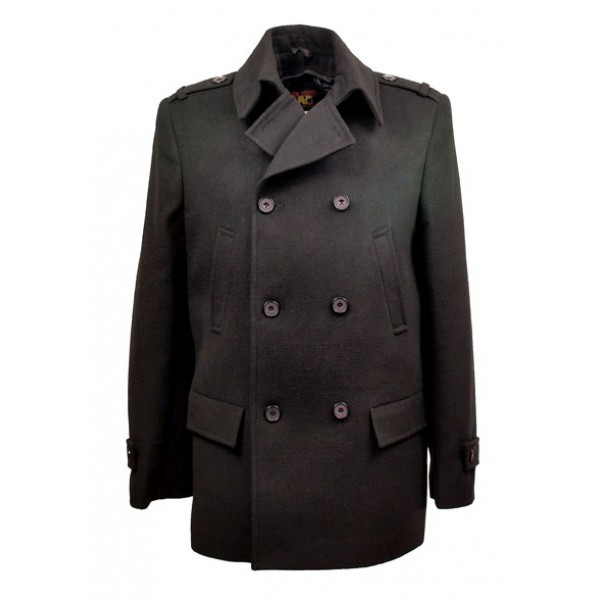
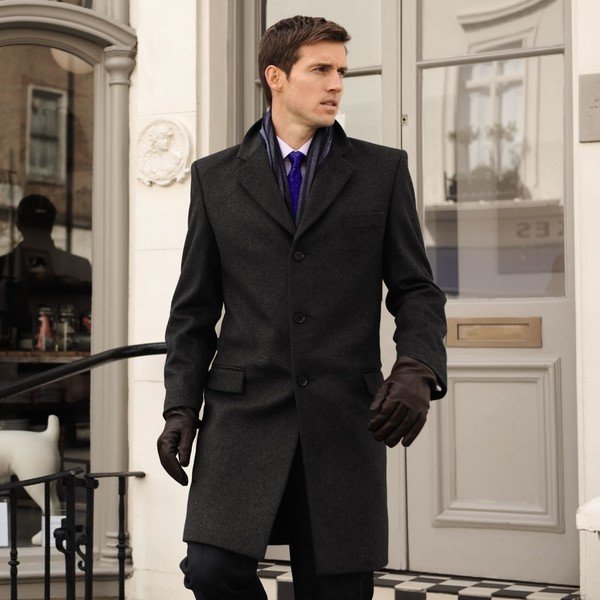
Materials and fabrics
With the onset of winter, men's fashion involves increasing the wardrobe of outerwear, for the sewing of which they use:
- Gabardine is a woolen fabric made from thin merino yarn. Gabardine can be: woolen, semi-wool, synthetic, cotton, silk;
- Cashmere is a light, soft fabric made from pure wool. Cashmere makes warm and comfortable, elegant and stylish winter clothing for men;
- Suede is a type of leather that is waterproof and velvety;
- Nylon is a durable, wear-resistant synthetic fiber that is not subject to deformation or stretching;
- Eco-leather – has a porous or monolithic coating, cotton or polyester base;
- Raincoat - a blended cotton thread is used for production. Such men's winter outerwear is water-resistant;
- Drape is a soft woolen fabric with a smooth surface and a felt-like covering;
- Cloth is a thick woolen fabric with a pile surface. Such winter clothing for men does not get wet for a long time, provides protection from the wind, and does not lose shape;
- Twill - wool or silk threads are used for production;
- Cheviot is a woolen fabric with a twill weave, for the production of which felting and shearing are used;
- Duspo is a durable fabric with a velvety, glossy or pearlescent surface. A men's winter jacket made of this material is resistant to water, wind, and does not lose color after numerous washes;
- Membrane fabric – thanks to a special membrane coating, it has water-repellent properties, helps protect from wind and retain heat;
- Taslan – has wear-resistant, dirt-repellent and water-repellent properties, does not deform, dries quickly;
- Hi-Max is the densest raincoat fabric;
- Oxford is a durable camouflage waterproof fabric;
- Hypora - thanks to the structure of the membrane microporous material, it prevents moisture from getting in, and in case of high physical exertion, it helps to release steam to the outside, adding comfort;
- Kondura – this material for men’s winter outerwear is resistant to mechanical damage.
For a fur coat, it is best to use natural or artificial fur. Seal fur, for example, is considered artificial fur. Items made from it will be warm, comfortable and not devoid of glamor.
Fillers
Natural filling has special heat-insulating qualities, not letting cold air in, keeping the heat there.
The most reliable natural fillers are the following:
- Wool – sheep or camel wool can be used, they retain heat well. However, such jackets are quite heavy;
- Down - duck, swan, eider down (the warmest and most expensive), a traditional classic natural filler for winter clothing, provides the down jacket with lightness, durability, and heat retention;
- Feather/down – a mixture of feathers and down makes the item more voluminous, which reduces the price;
It is necessary to take into account the proportions of these fillers. A really warm down jacket has 80% down filler and 20% feathers. In regions with winter temperatures of no more than 10 degrees below zero, a ratio of 50-50 or 60-40 will be acceptable.
In addition to more expensive natural down, men's winter outerwear can have the following synthetic fillers:
- Sintepon is a widely used, inexpensive filler, but of lower quality;
- Hollowfiber – an excellent substitute for fluff, provides warmth, prevents moisture accumulation and promotes good air permeability;
- Termofinn – excellent performance characteristics, Russian production, has no analogues;
- Hallophane – promotes heat retention and moisture evaporation;
- Isosoft – similar to holofiber, with the same characteristics;
- Thinsulate is the warmest filling for winter clothing with imitation of natural down. It does not deform when washed, it has high thermal insulation properties and cost in the best traditions of natural down.
Manufacturers often claim that synthetic padding is warmer than natural padding. Experience shows that synthetic padding is intended for mild winter weather. At temperatures above 10 degrees outside it will be less comfortable.
Tips for choosing
Men are not often inclined to delve into all the details, so the following recommendations are offered for choosing winter clothes for men:
- Short men should not choose long jackets or coats to the knees, so that their height does not seem even shorter. Usually, the clothing style for tall men does not include very short items;
- You should pay attention to the fasteners, it is inconvenient to fasten them with gloves, especially if the buttons are small. If you have difficulty fastening them, it is better to choose a jacket with a zipper or buttons;
- A waterproof jacket must have waterproof, fully taped seams;
- A winter coat should be chosen taking into account the usual weather in your area. For severe frosts, an insulated version will be necessary. A product made of pure wool is much warmer and more comfortable, but more expensive;
- If the down jacket is actually filled with fluff, then in English it is designated as "down". Since pure down filling is rare, the additional feather filling will be designated as "feather";
- The signs polyester, cotton or wool on the label indicate that the filling consists of cotton wool, synthetic padding, wool batting;
- When choosing a men's clothing option for autumn-winter, you need to check whether there is stitching in the form of small even blocks. If there are large compartments, the fluff can soon become felted and turn into lumps, which will reduce the warming effect;
- A two-layer down jacket is warmer, but for urban conditions a single-layer product is sufficient;
- High-quality fillings immediately regain their shape if you squeeze the jacket and quickly release it;
- The quality of the filling also depends on the processing of the down and feathers. Conscientious manufacturers indicate this information on the label. If the filling is washed, dried and disinfected, the label will indicate: DIN EN 12934.
The product label contains manufacturer information about the compression ratio, designated "FP". A figure greater than 550 is an indicator of high quality.
Any manufacturer that values its reputation places a small transparent bag. Inside is a sample of the filling and information on how to care for the jacket. If this is not the case, details about the filler and its manufacturing technology can be found out from the sales consultant.
With the onset of winter, keeping warm and protected from moisture becomes especially important. Modern fashionable men's clothing for winter in its wide range allows you to take into account these requirements, as well as the personal tastes of men.
Video


